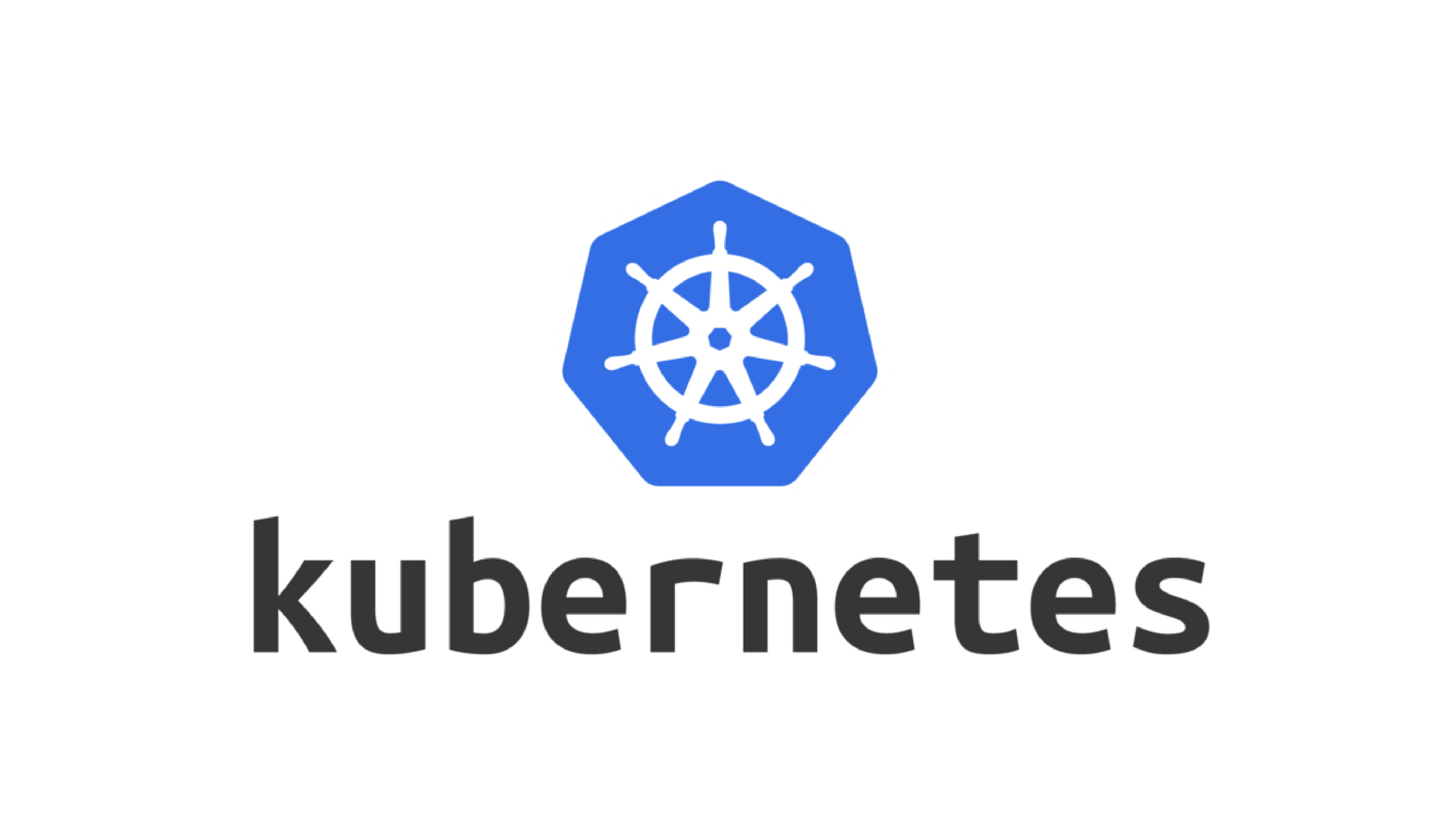☑️Day 32: Creating Multi Node Cluster in Kubernetes🚀
 Kedar Pattanshetti
Kedar Pattanshetti
Kubernetes multi-node clusters are essential for deploying scalable applications across multiple machines. In this newsletter, I’ll guide you step-by-step through the process of setting up a multi-node Kubernetes cluster on CentOS using VMware.
✅What is a Multi-Node Kubernetes Cluster?
A multi-node cluster consists of one master node (control plane) and multiple worker nodes.
Master node handles the management of the cluster, while worker nodes handle the actual running of your applications.
✅Steps for Setting Up a Multi-Node Kubernetes Cluster
Step 1: Set Up Virtual Machines (VMs) on VMware
Create VMs:
VM1: Master node (control plane)
VM2 & VM3: Worker nodes
Allocate at least 2 GB RAM and 2 vCPUs to each node.
Install CentOS on all nodes.
Step 2: Prepare Nodes
Update all systems: On each node, run:
bashCopy codeyum update -yDisable Swap (Kubernetes does not support swap):
bashCopy codeswapoff -a sed -i '/swap/d' /etc/fstabDisable Firewall:
bashCopy codesystemctl stop firewalld systemctl disable firewalldEnsure that the IP forwarding is enabled:
bashCopy codeecho 1 > /proc/sys/net/ipv4/ip_forward
Step 3: Install Docker
Install Docker on all nodes:
bashCopy codeyum install docker -y systemctl start docker systemctl enable docker
Step 4: Install Kubernetes
Install
kubeadm,kubelet, andkubectlon all nodes:bashCopy codecat <<EOF > /etc/yum.repos.d/kubernetes.repo [kubernetes] name=Kubernetes baseurl=https://packages.cloud.google.com/yum/repos/kubernetes-el7-x86_64 enabled=1 gpgcheck=1 repo_gpgcheck=1 gpgkey=https://packages.cloud.google.com/yum/doc/yum-key.gpg https://packages.cloud.google.com/yum/doc/rpm-package-key.gpg EOF yum install -y kubelet kubeadm kubectl systemctl enable kubelet systemctl start kubelet
Step 5: Initialize Kubernetes Master Node
On the master node (VM1), initialize Kubernetes:
bashCopy codekubeadm init --pod-network-cidr=192.168.0.0/16Configure kubectl for master node:
bashCopy codemkdir -p $HOME/.kube sudo cp -i /etc/kubernetes/admin.conf $HOME/.kube/config sudo chown $(id -u):$(id -g) $HOME/.kube/config
Step 6: Set Up a Pod Network
Install Calico as the pod network (on the master node):
bashCopy codekubectl apply -f https://docs.projectcalico.org/manifests/calico.yaml
Step 7: Join Worker Nodes to the Cluster
On the master node, after the init process, you’ll get a join token. It looks like this:
bashCopy codekubeadm join <master-ip>:6443 --token <token> --discovery-token-ca-cert-hash sha256:<hash>Run this command on both worker nodes (VM2 & VM3) to join them to the master node:
bashCopy codekubeadm join <master-ip>:6443 --token <token> --discovery-token-ca-cert-hash sha256:<hash>
Step 8: Verify the Cluster
On the master node, check if all nodes have joined successfully:
bashCopy codekubectl get nodesYou should see the master and worker nodes listed.
✅Important Commands Recap
Install Kubernetes components on each node:
bashCopy codeyum install -y kubelet kubeadm kubectlDisable swap on all nodes:
bashCopy codeswapoff -aInitialize the master node:
bashCopy codekubeadm init --pod-network-cidr=192.168.0.0/16Join worker nodes to the cluster:
bashCopy codekubeadm join <master-ip>:6443 --token <token> --discovery-token-ca-cert-hash sha256:<hash>
✅Key Concepts to Remember:
Master Node: Controls the Kubernetes cluster.
Worker Nodes: Run the application containers.
Pod Network: Allows communication between Kubernetes pods across nodes.
Calico: A popular networking option for Kubernetes clusters.
✅Real-Time Use Case:
A multi-node Kubernetes cluster can be used for high-availability applications. For example, in a production environment, a web application can be deployed across multiple worker nodes. If one node fails, Kubernetes ensures the application stays up by distributing the load across the remaining nodes.
🚀Thanks for joining me on Day 32! Let’s keep learning and growing together!
Happy Learning! 😊
#90DaysOfDevOps
Subscribe to my newsletter
Read articles from Kedar Pattanshetti directly inside your inbox. Subscribe to the newsletter, and don't miss out.
Written by
